One of the most common fungi of the middle climatic zone is honey mushroom. They are edible and inedible, grow in colonies most often around hemp. This group includes representatives of five genera from three different families. In addition, mushrooms are very common, very similar to honey mushrooms, as well as poisonous species of the latter.
Among the wide variety of mushroom twins, poisonous species are often found, the danger of which cannot be leveled by soaking or heat treatment. Among them, one can distinguish false, sulfur-yellow, brick-red honey agarics. Distinctive features of these varieties are more intense bright color, surface texture, color, structural differences of the legs.
Content
Features of the view and photo
Most of the mushrooms that live in large colonies near the stumps are popularly called honey mushrooms. This group includes species that grow in the open area among the grass. Seasonal varieties of honey agarics are shared and most of them are completely edible to humans.
Summer species occurs from mid-spring to late autumn in deciduous forests of the middle zone. The size of the smooth, slightly mucous cap of adult representatives of the species can reach 6 cm. Its convex shape changes as it grows, expanding in width and forming a wide tubercle in the center.
Color varies from light yellow to dark brown. A dense leg with a ring in the upper part reaches a height of 7 cm. The lower half of the leg is covered with dark scales, and a ring is located on its upper part.
Autumn honey agaric grows on stumps, roots and tree trunks. Most often, this fungus is found in large groups in moist autumn forests from late August until the very beginning of winter at a temperature of at least 100 ° C. Its distinctive external features are flake-covered legs and hats of brown shades with a diameter of up to 17 cm.
As a parasite, the winter honey agaric settles on deciduous trees, dead wood. It grows in dense colonies in the cold season, often it can be found even under the snow. The winter variety of the mushroom is characterized by the presence of a small light brown cap of the leg up to 7 cm long.
Edible and conditionally edible mushrooms, similar to honey mushrooms
The ability to distinguish between “good” forest gifts from “bad” ones is vital, since the health and life of people who eat them depend on it.
Edible scales
This species is most often found in the temperate climate zone. His hat with dark-colored scales can grow up to 20 cm in diameter, and the leg often reaches a length of 15 cm.
Young specimens are characterized by a reddish, saturated color. Elastic hard flesh does not change color when damaged. Such fruits grow singly or in groups in deciduous or mixed forests from mid-summer to late autumn.
Flake is a semi-edible species and contains substances that have a beneficial effect on the human body. It is used in medicine in the treatment of gout and other joint diseases.
Other
The yellow-red row can be found from late summer to the first half of autumn on fallen leaves in coniferous forests. On her hat are flakes. In addition to bright coloring, a characteristic external feature is the absence of a ring under the hat. Such a mushroom must be soaked before use, as well as boiled.
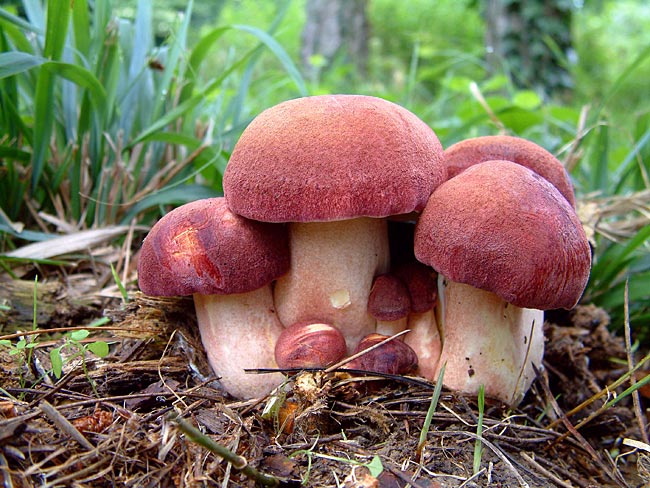
Edible meadow honey agarics can be consumed without any danger to health in almost any form. From summer to mid-autumn, they are found in forest glades, meadows, and gardens. Outwardly, small mushrooms with a light brown hat and a thin leg are distinguished by a pronounced mushroom aroma.
The honey agaric is found from the beginning of summer to the end of October in open areas, roadsides, forest glades, and gardens. This small mushroom (6 cm high) has an excellent taste, therefore it is very popular among mushroom pickers.
Poisonous and inedible doubles
Novice mushroom pickers should study the important distinguishing features of each representative from the group of poisonous counterparts to avoid poisoning.
Inedible Flakes
Adhesive flakes grow on fallen leaves, stumps. As it grows, the shape of its hat changes from hemispherical to outstretched, convex in the center with lowered smooth edges, rare scales. The mushroom has a light brown, beige color. Its leg narrowed downwards with a dense yellow flesh is cylindrical in shape. Like most inedible mushrooms, the flesh is characterized by a bitter taste.
Destructive flake is characterized by a convex semicircular beige hat with a diameter of 6-15 cm, covered with wide white scales. The thick leg, which has an extension at the bottom, is as if dotted with light flakes in the form of flakes. The whitish pulp of cork consistency has a strong unpleasant odor, a bitter taste. Most often, this mushroom grows on the trunks of deciduous trees.
False honey mushrooms
In autumn, at the height of the mushroom season, along with real honey mushrooms, you can meet their counterparts. The false brick-red mushroom looks like a summer look with a smooth hat, only without a skirt and scales on the leg. The fungus bears fruit from August to October, so it can fall into a basket of mushroom pickers instead of autumn mushrooms. Due to its toxicity, such fruits, cast in reddish hues, are best avoided.
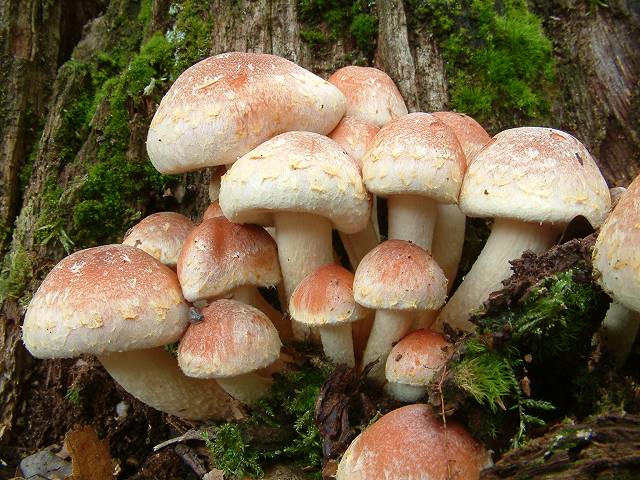
The whitish talker looks very much like a meadow mushroom. This mushroom also grows in open spaces. A flat or indented white hat with a whitish tint is covered with mucus in wet weather. It is the absence of a convex center on the hat that is an important distinguishing feature. In addition, more frequent yellowish plates testify to belonging to this species.
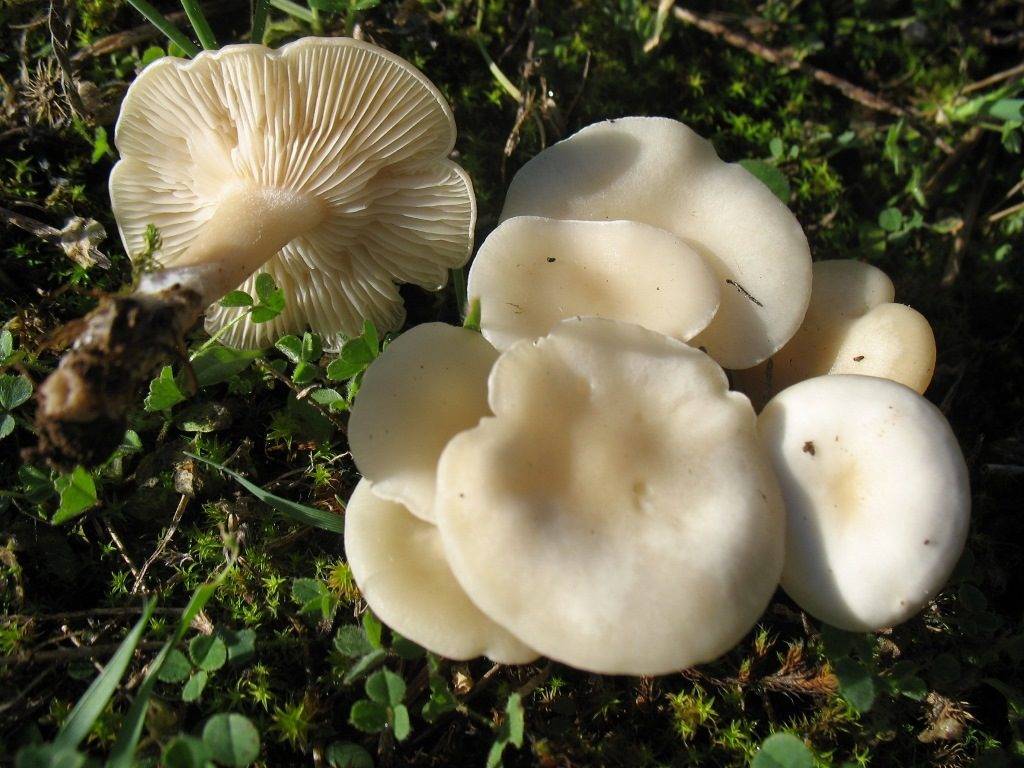
Poisonous sulfur yellow mushrooms
These mushrooms at the beginning of their lives resemble a bell with a little ring on a leg. Mature mushrooms are distinguished by smooth dry hats up to 7 cm in diameter, in the center of which a tubercle is located. Yellow even hollow legs reach a length of 10 cm. A distinctive feature is the fringe on the edge of the hat, the absence of any scales.
Sulfur yellow appearance is characterized by a strong unpleasant odor. An important difference between these poisonous "gifts of the forest" from the edible ones is the bright yellow plates under the hat, which in adults become black with an olive tint. Another unique feature is a brown spot in the center of the hat.
The rules for collecting edible mushrooms
During the "silent hunt" it is important to exercise caution and care so that you do not mistakenly pick poisonous mushrooms. Look for honey mushrooms in deciduous forests on stumps or trunks of fallen trees.
It is important to remember the following rules for collecting mushrooms:
- edible mushrooms grow exclusively on wood;
- on the leg under the hat of real mushrooms there should be a pronounced ring;
- on the hat and leg there are many scales;
- bright hats and dark plates under them are signs of false mushrooms;
- poisonous species exude a pronounced unpleasant odor;
- the flesh of inedible mushrooms tastes bitter.
When hiking in the forest, it is recommended to take with you not a bucket, but a basket for better ventilation of the crop. It is better to lay found fruit bodies with hats down or sideways. Each mushroom should be carefully inspected, choosing intact and young.
Answers to Common Questions
- if you put silver in the water, it will darken;
- peeled onion in the cooking process inside the pan becomes brown or blue;
- added milk is curdled.
However, all of these methods are not 100% reliable.
Despite the similarity in appearance, many of the doubles of honey mushrooms have characteristic differences. Experienced mushroom pickers are advised to give preference only to well-known species. At the slightest doubt, it is recommended to leave a suspicious mushroom in the forest.

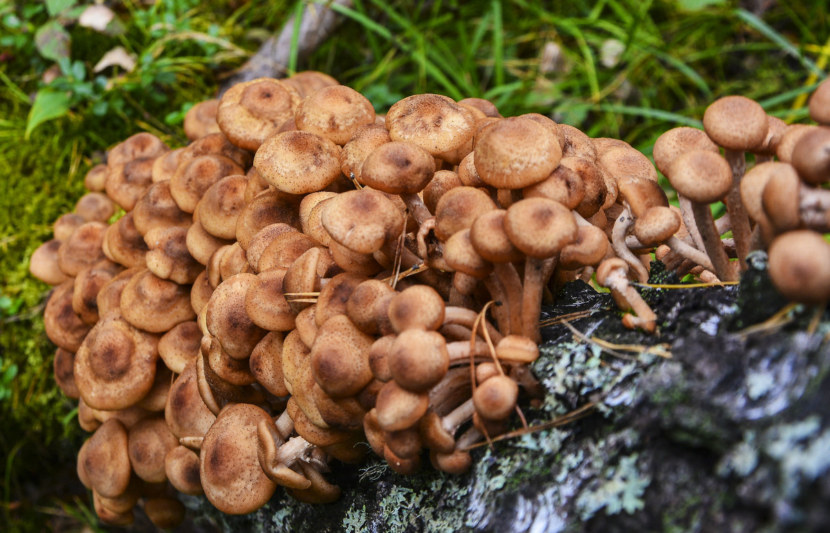
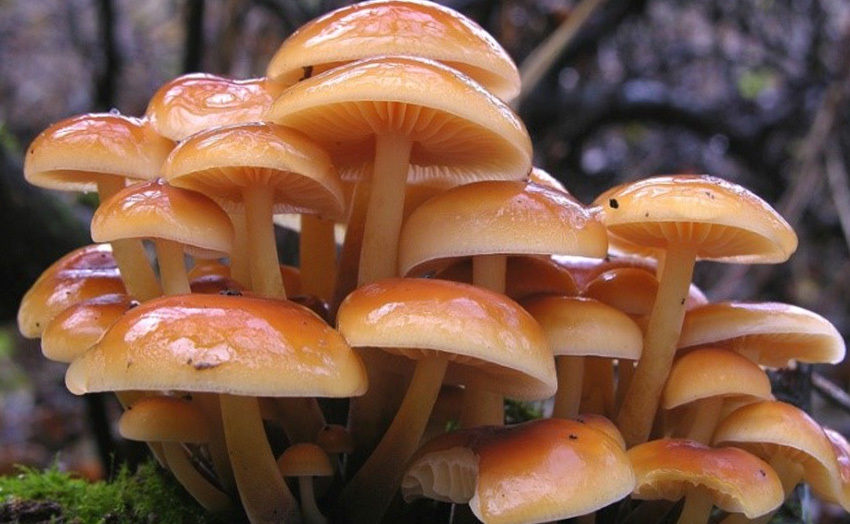
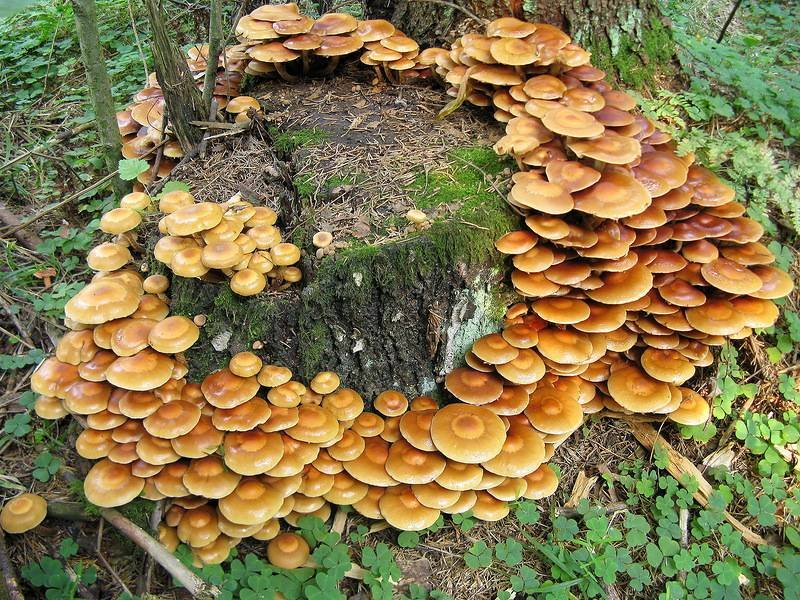
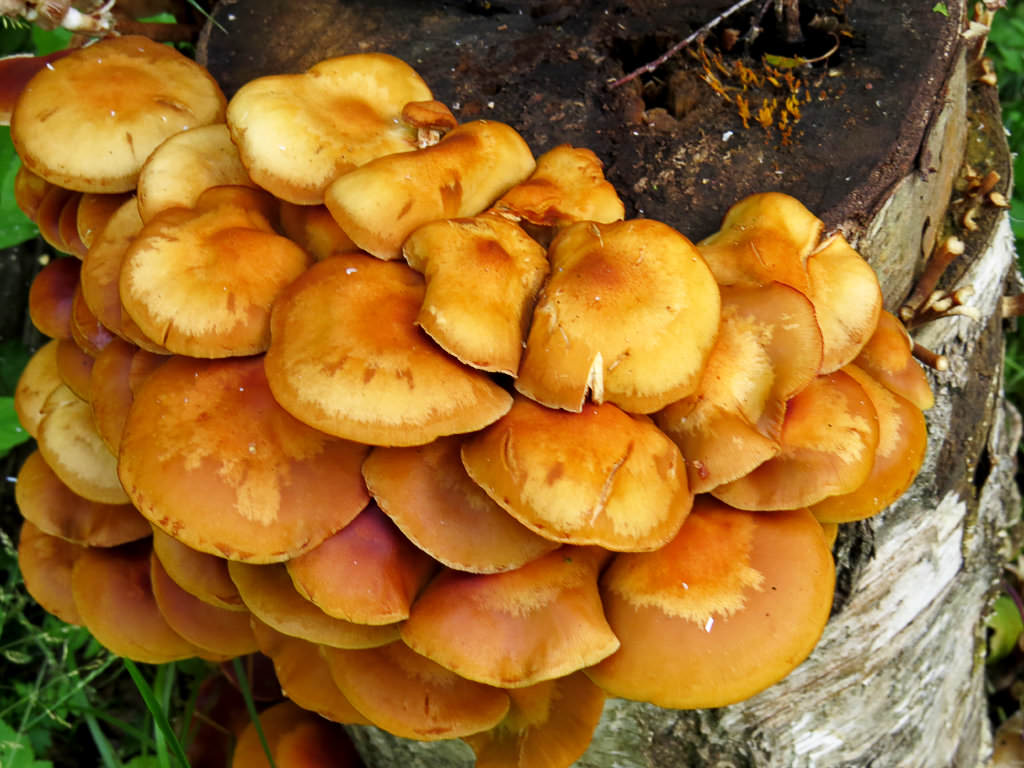
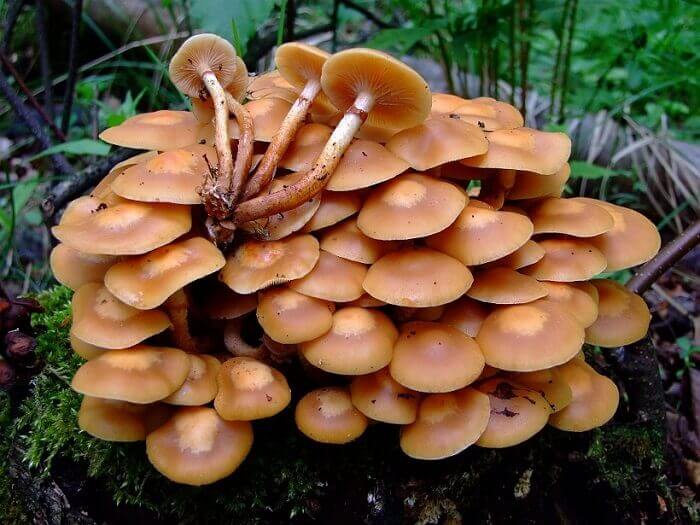
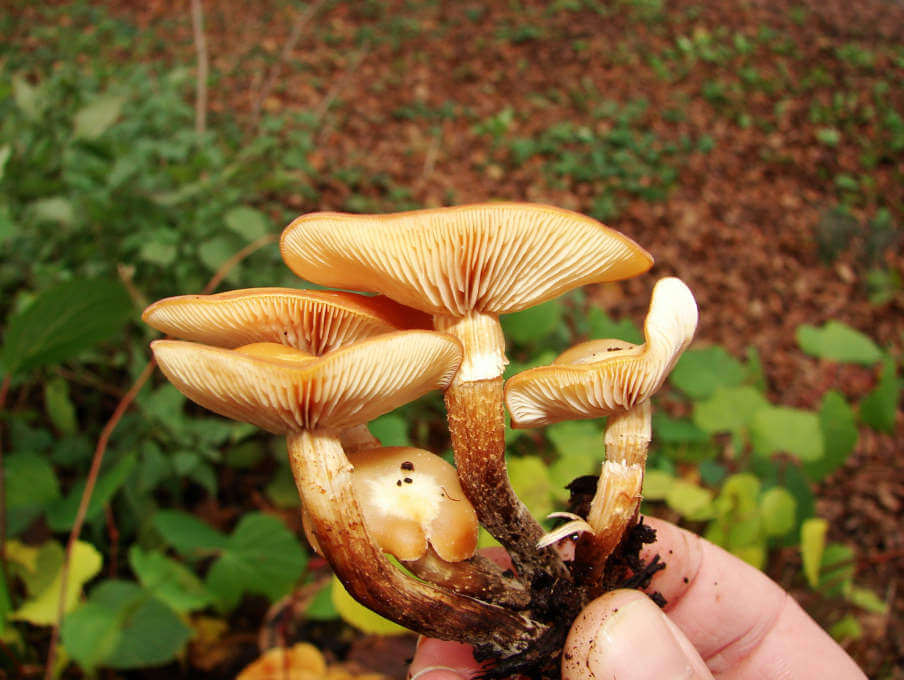
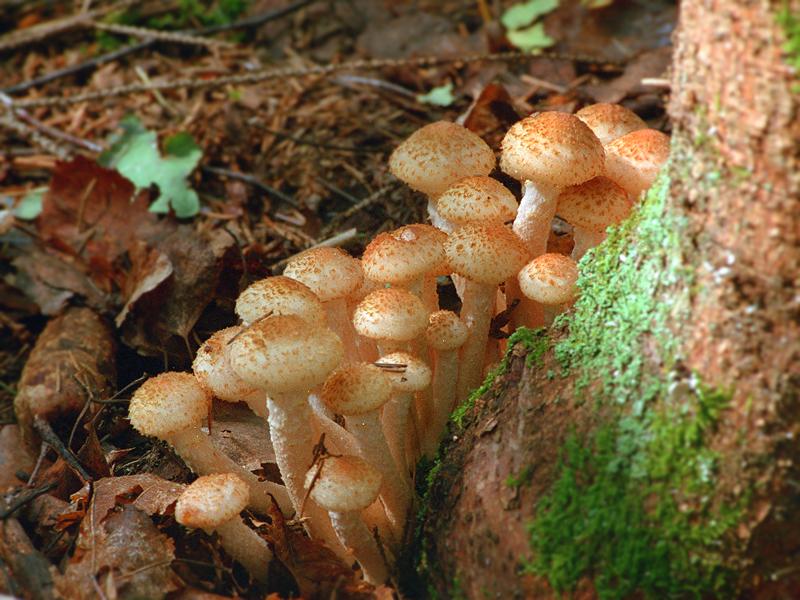
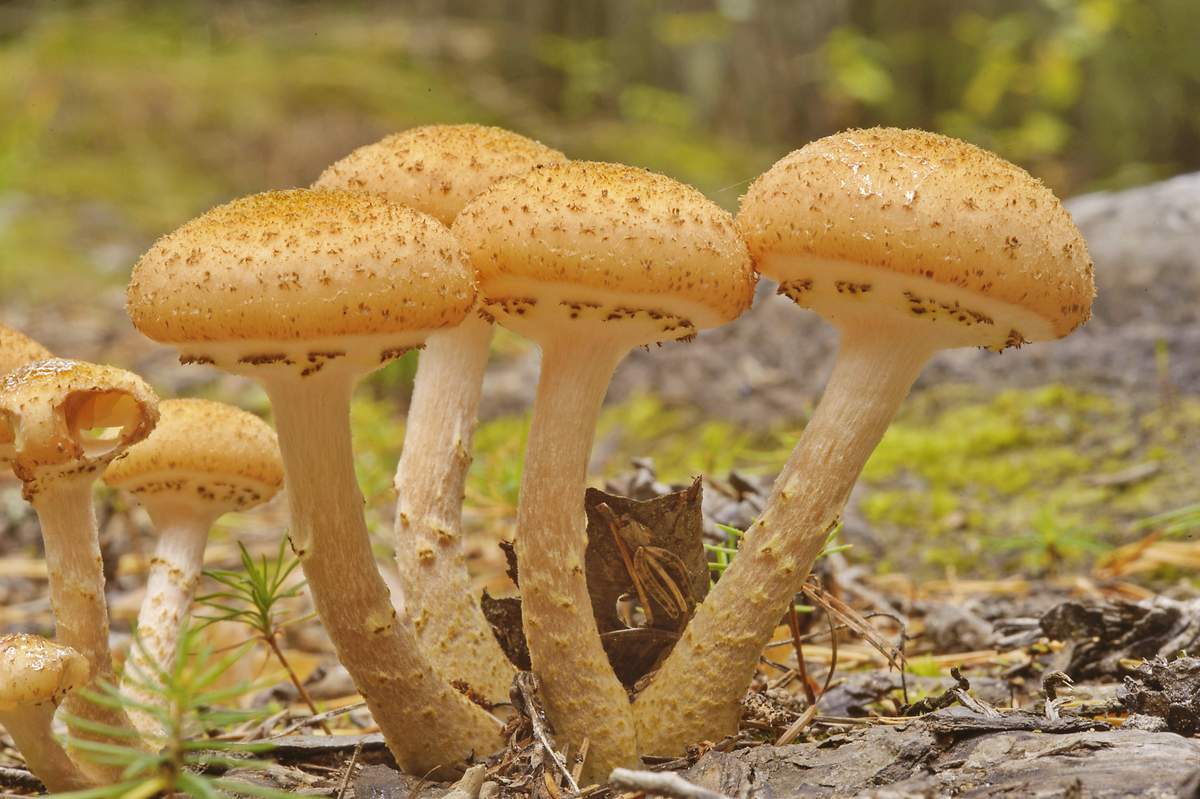
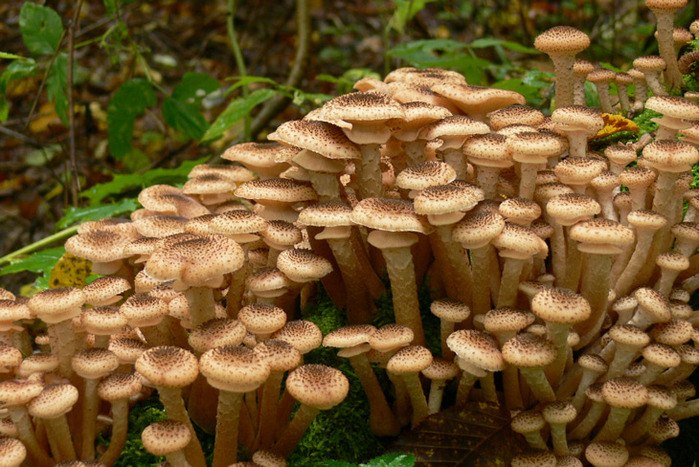


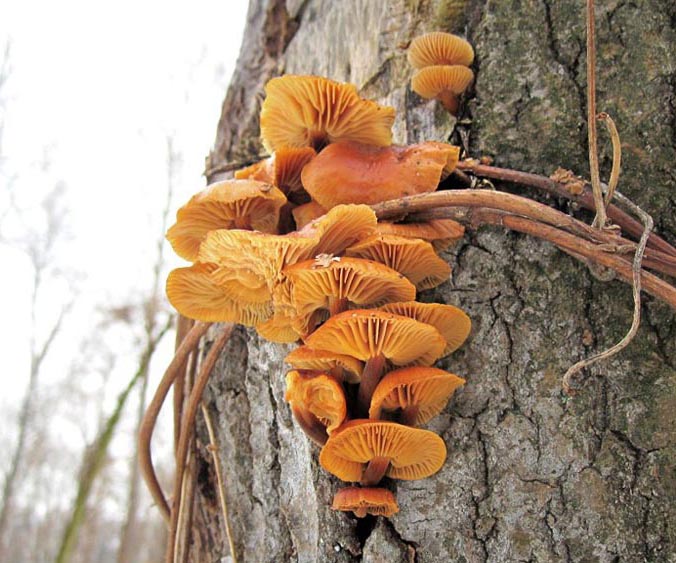
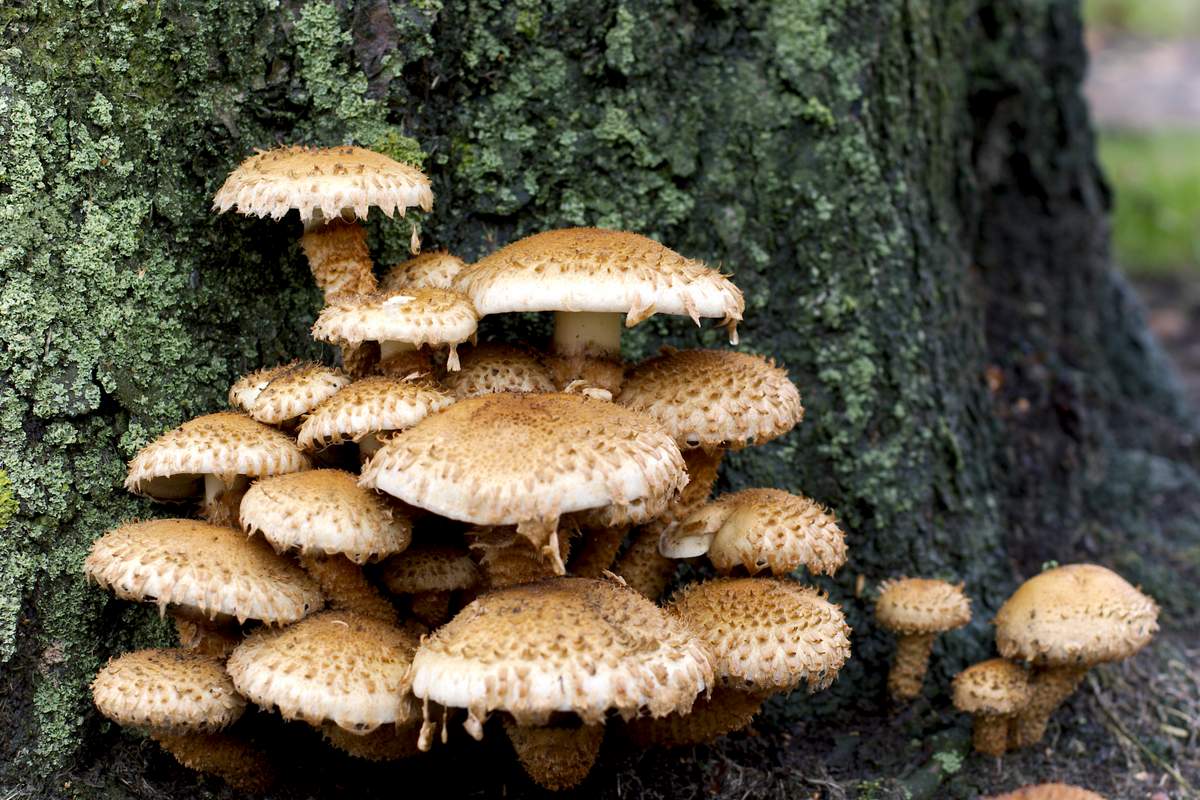
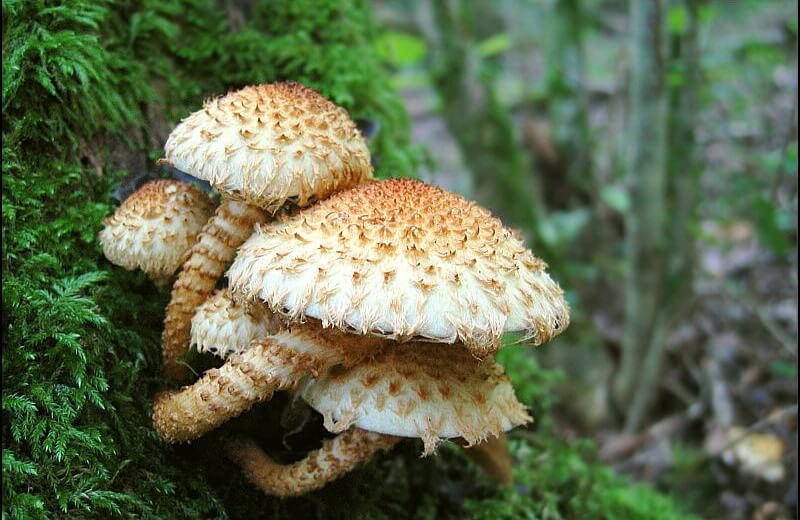
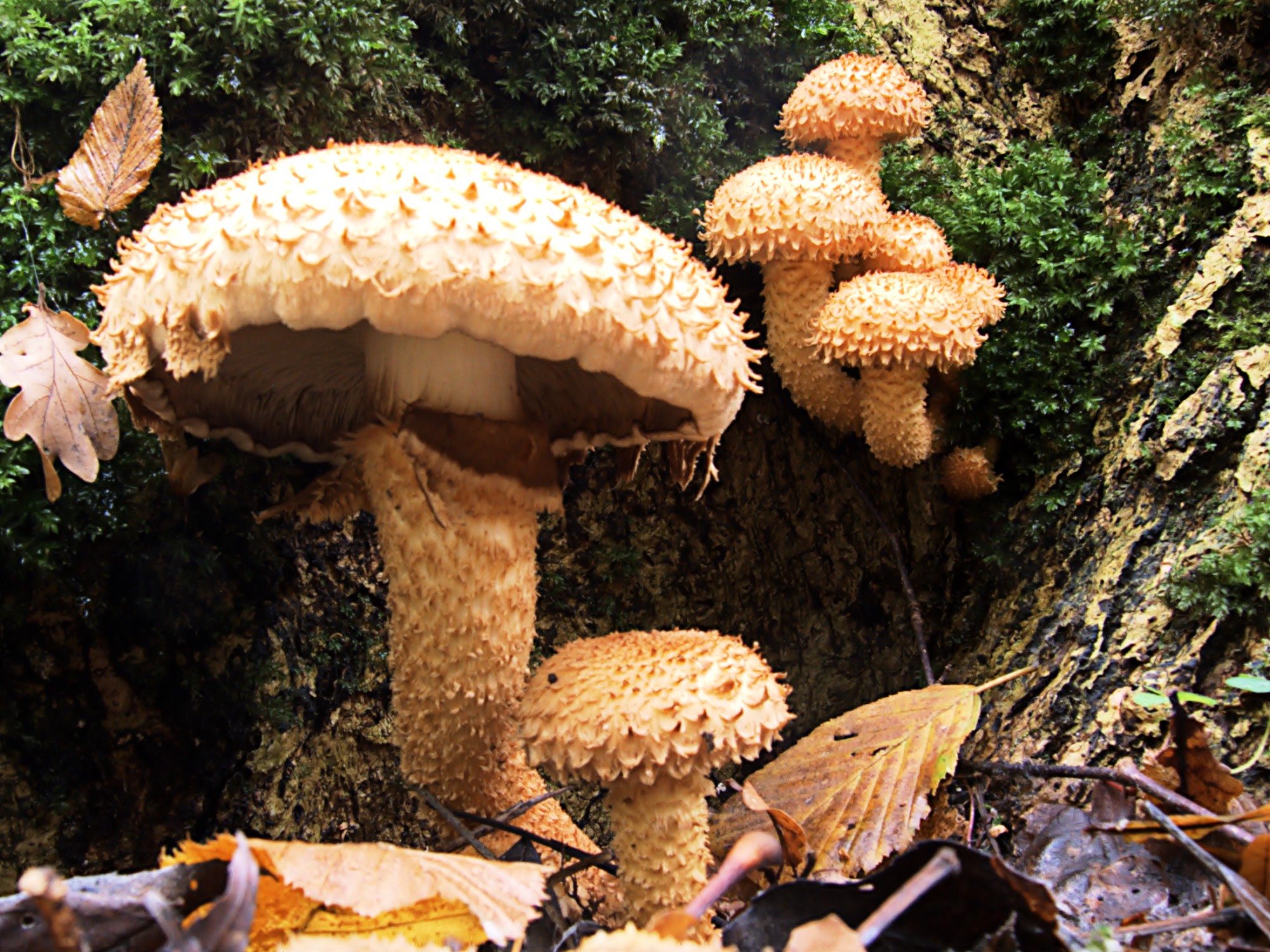



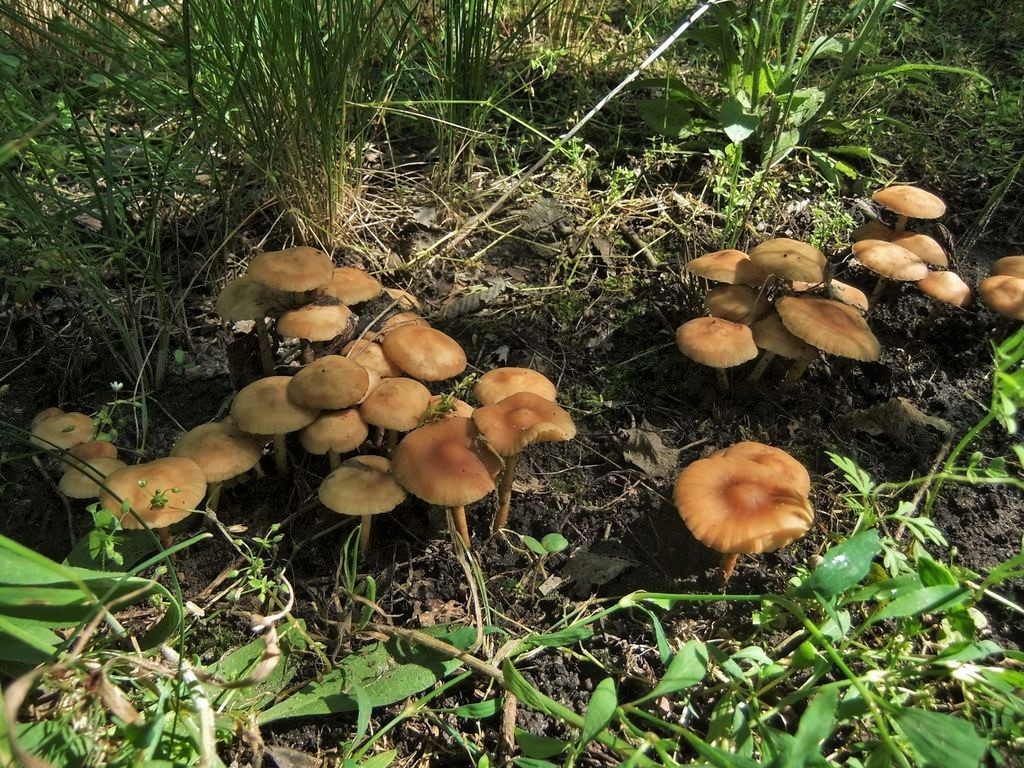
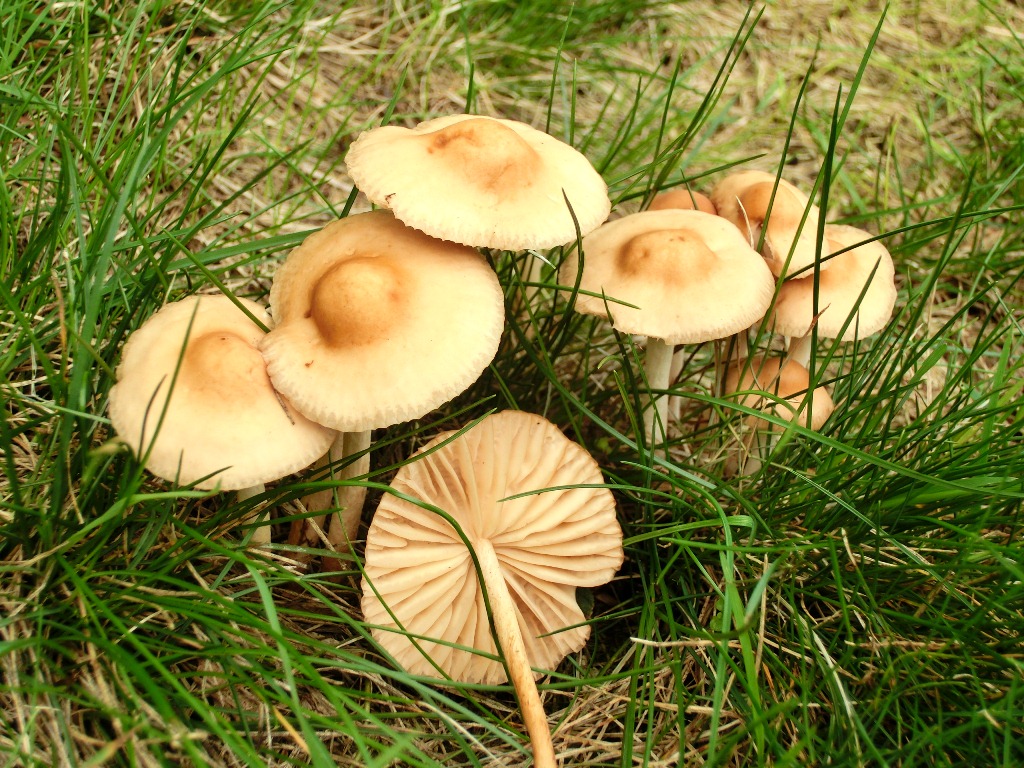
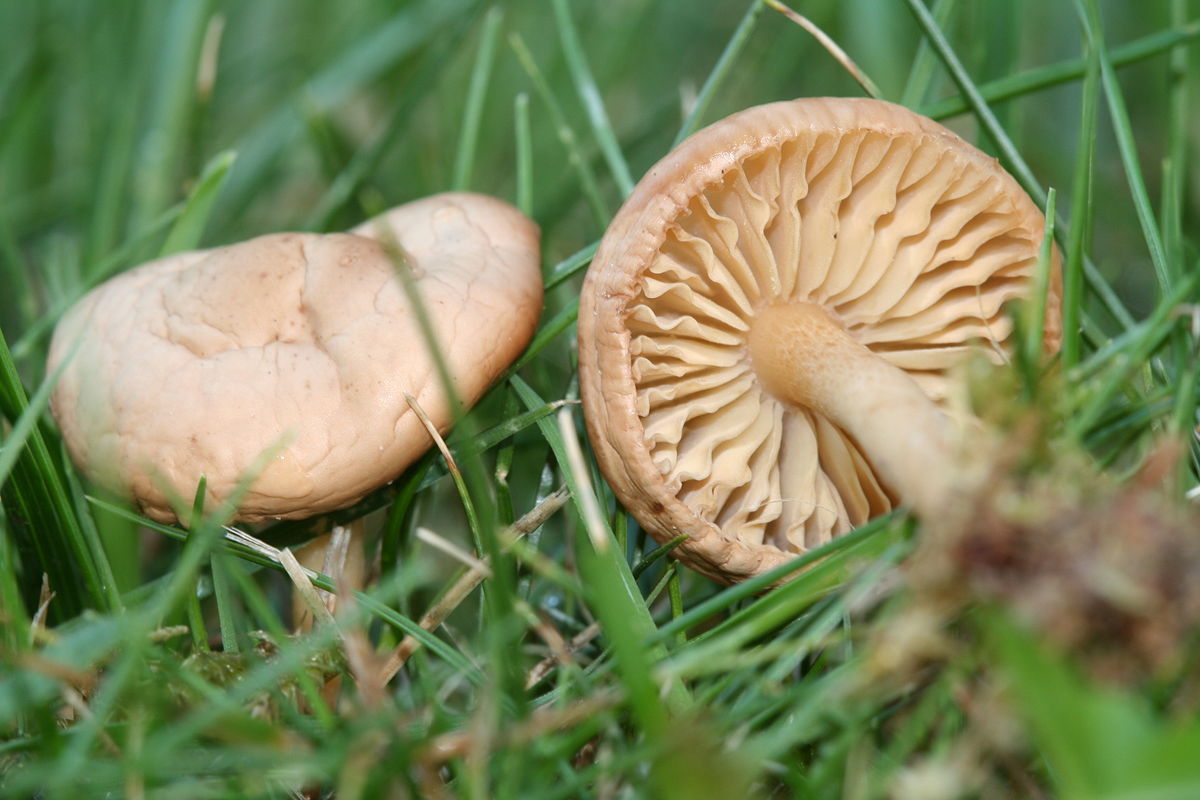
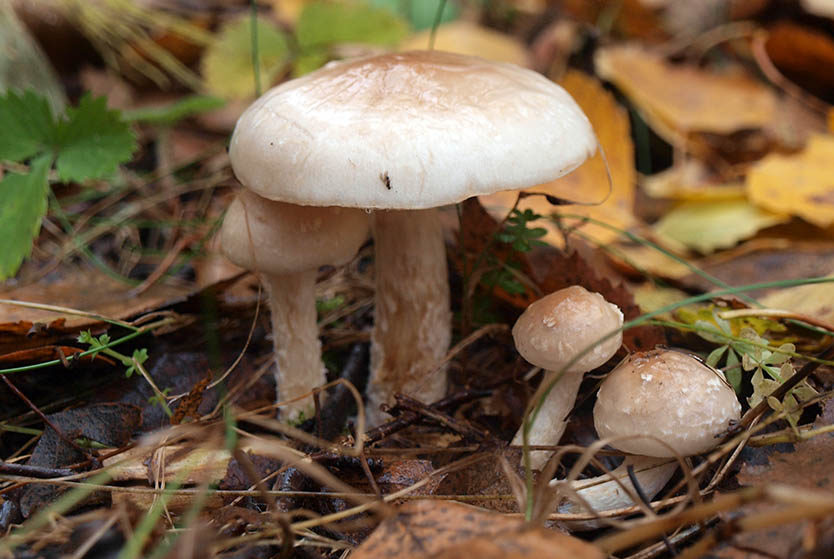
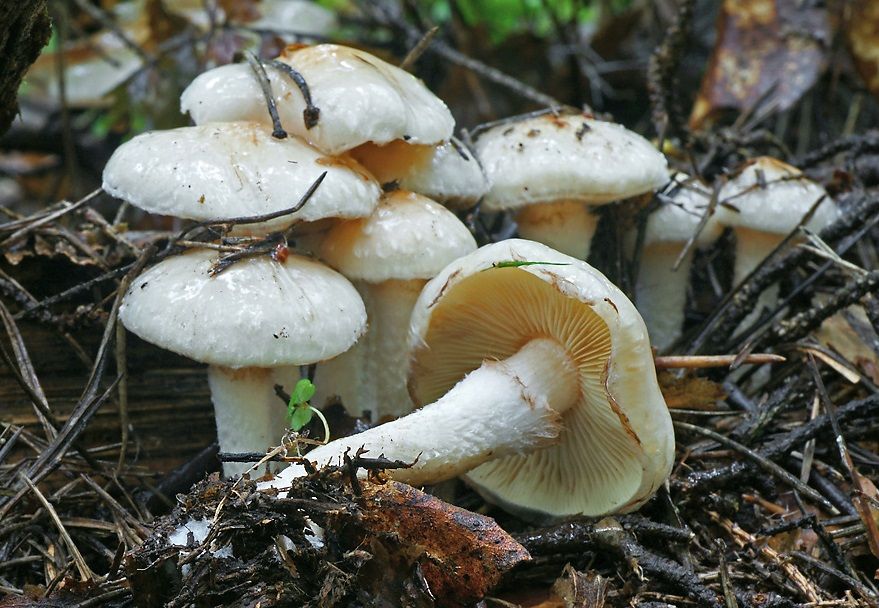
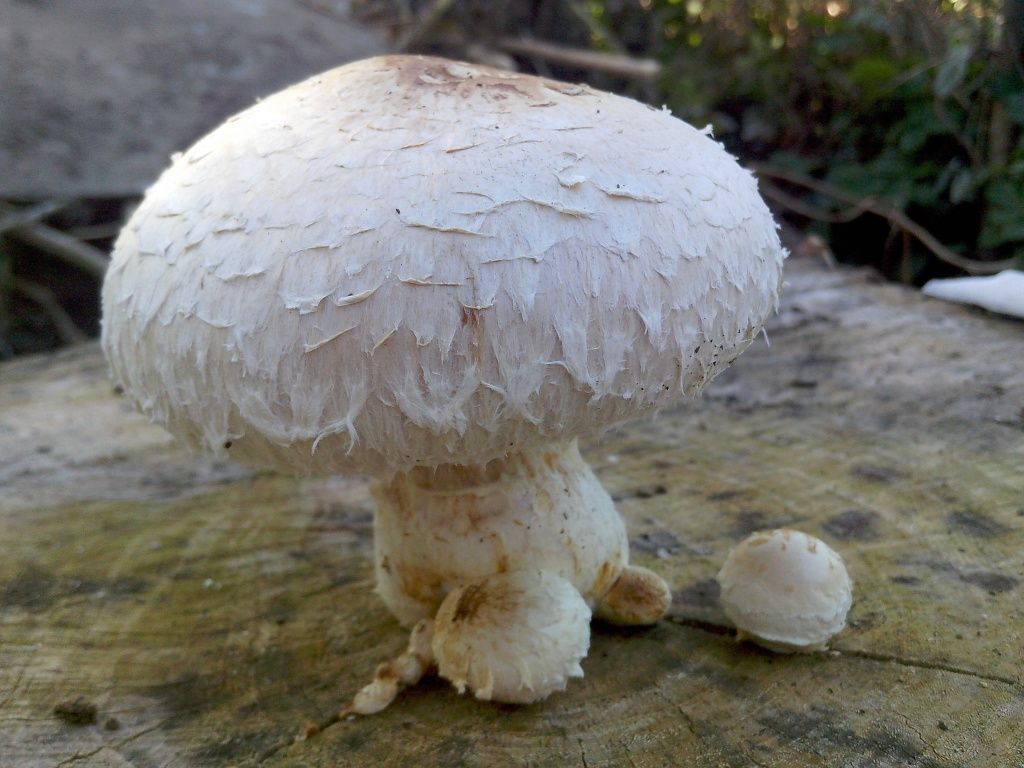
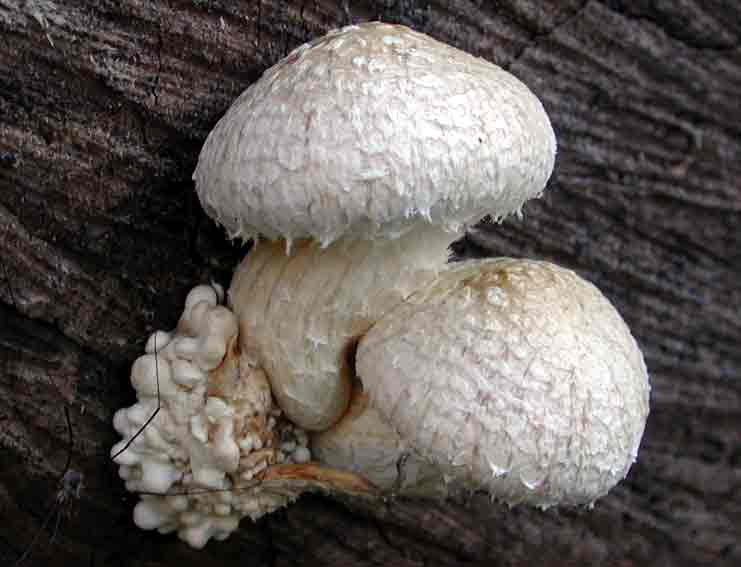
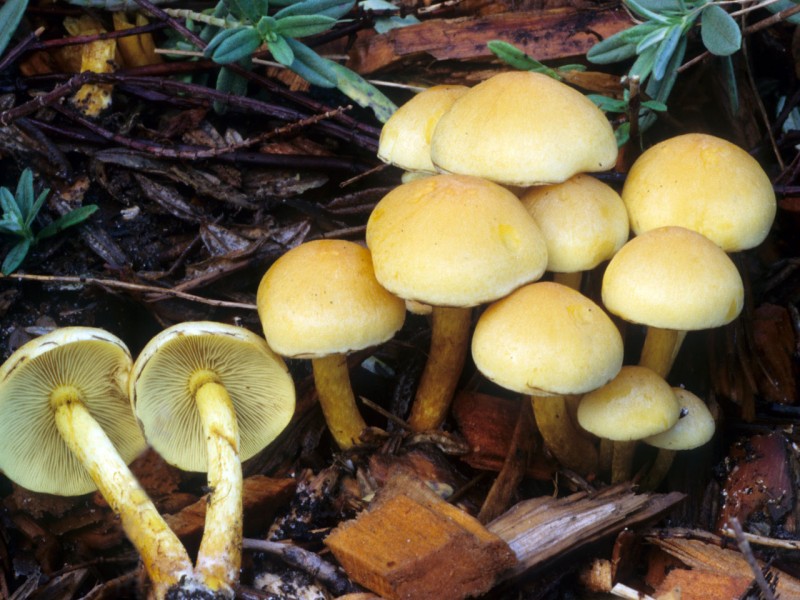
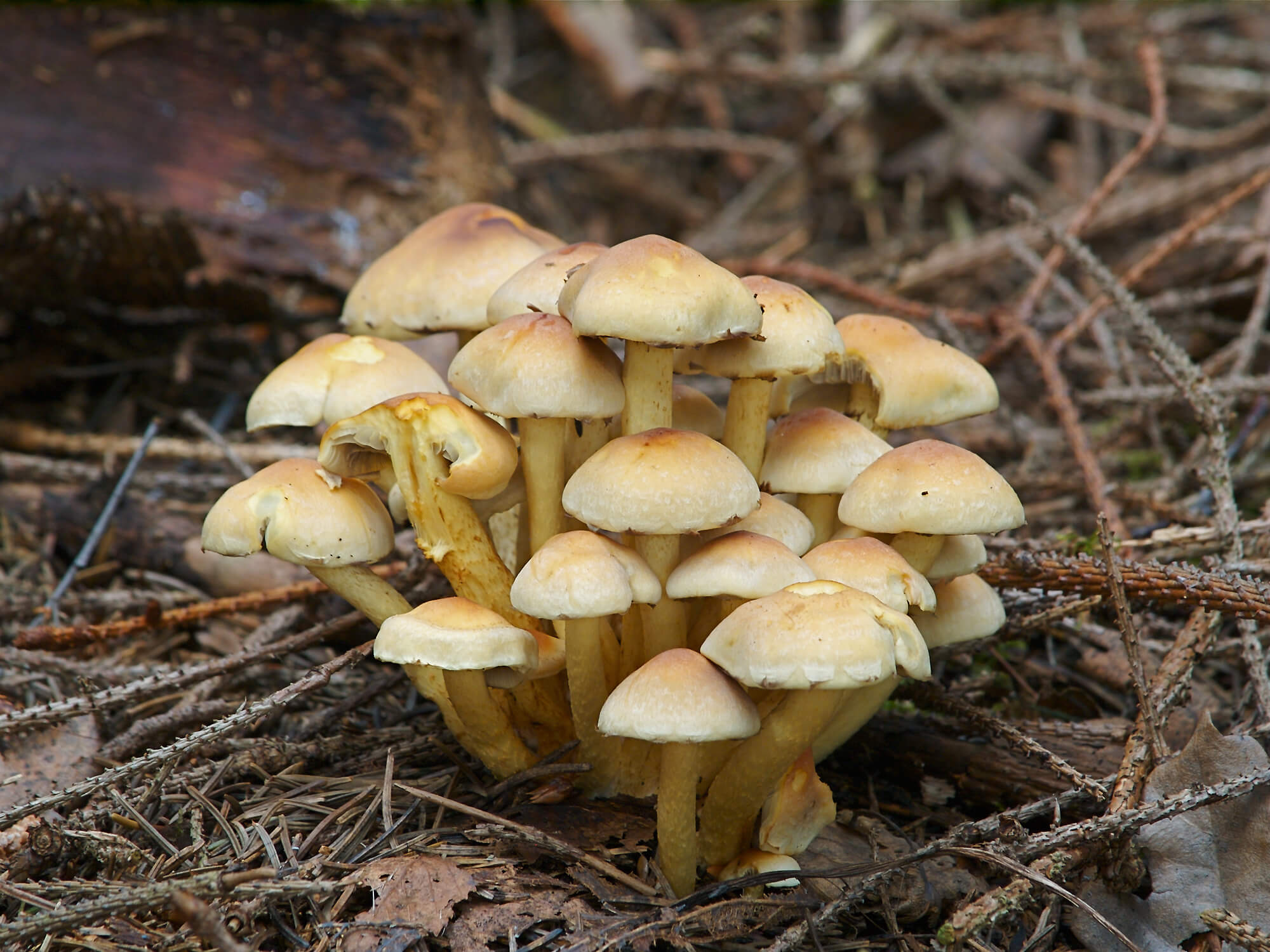
 Care and use of Kombucha at home (+22 photo)
Care and use of Kombucha at home (+22 photo) Edibility of the fungus of the motley umbrella and its description (+19 photo)
Edibility of the fungus of the motley umbrella and its description (+19 photo) Description of edible and inedible oils, their poisonous counterparts (+40 photos)
Description of edible and inedible oils, their poisonous counterparts (+40 photos) Useful properties of milk mushroom and its contraindications (+17 photos)
Useful properties of milk mushroom and its contraindications (+17 photos)